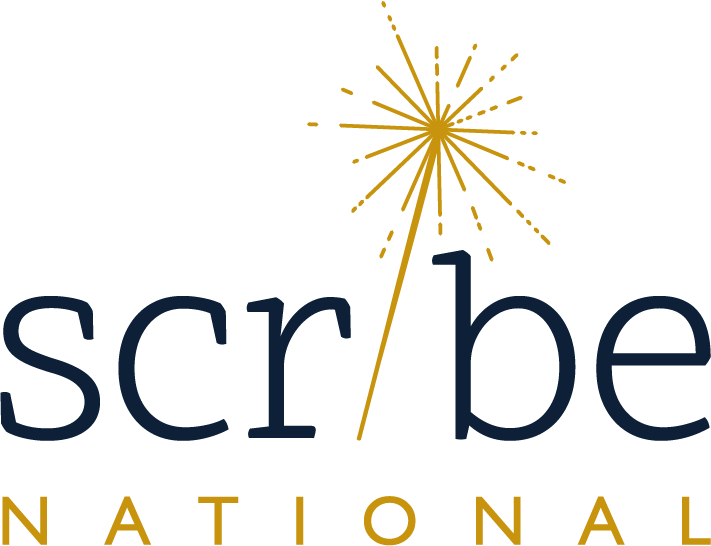6 content planning tips to boost efficiency and impact
You’ve packed your bags and you’re excited for a cross-country road trip. But wait! You’re on the east coast, your trip takes you to the west coast…and you don’t have a map. How are you going to get to your final destination? You need a plan. In the same way, content planning is key when it comes to your B2B marketing strategy.
If your content strategy helps your tech company achieve your long term vision, your content plan acts as the map to get you to your ultimate goal of basking in the sunshine under a canopy of palm trees. Even a well crafted content strategy backed by a large marketing team is sure to falter without a clear action plan to bring it to fruition.
In this blog post, we’ll cover:
The importance of content planning
Generating relevant content topics
Incorporating your buyer’s journey into content creation
Creating a content schedule you can stick to
Distributing your content via the right channels
Measuring content performance
The best ways to reuse old content
Why you need a content plan
Tech marketers today create content for multiple audience segments — marketing to three segments is most common.
Now, consider the fact that potential buyers in each audience segment will be at different stages of the path to purchase at any given time (in other words, their level of awareness of your brand will vary from person to person).
Then, layer on the plethora of content types and topics you’ll be leveraging to market your company. This can become overwhelming quickly.
Creating a content calendar will help you visualize your marketing efforts while integrating clear communication around responsibilities and schedules with your team. Even if you’re a team of one, having a quarterly or monthly content plan will make your life much easier.
Organizing your content planning efforts is imperative to reaching your marketing goals. Start with getting solid brand messaging and targeted content strategy in place. Once you’ve established this critical marketing foundation, you can move on to publishing content with a content creation plan to back you up. California, here we come!
6 content planning tips to improve your marketing
1. Reflect on topic ideas
Step one of content ideation starts with sourcing relevant topics to use in your tech company’s marketing. Collect these ideas from your customer base, team members and broader industry, and have a brainstorming session with your team to identify the winners. Then, incorporate these topics into your content creation plan.
2. Map out your buyer’s journey
Show potential customers that you understand them by creating content that speaks to them at each stage of their journey: awareness, education, decision and loyalty.
If you’re only producing content that drives brand awareness, but not providing educational information on the benefits and results of your offerings, you’re missing an opportunity to build a deeper relationship with your audience. Content planning ensures you’re guiding your audience along the entire path to purchase.
3. Schedule appropriately
Commit to a reasonable timeline for publishing content. It’s better to publish less frequently, but distribute quality content on a schedule you can maintain, than to become overwhelmed and fail to deliver on a consistent basis. Regularity helps build brand recognition and trust.
To get started, consider who on your team will determine content topics, who will create the content, who will publish it and who will respond to social media comments.
4. Distribute with intention
How will you share your tech company’s content? Simply publishing content one time, in one place and leaving it at that is not the best use of your marketing efforts. Draft a content distribution plan, which outlines how you’ll disseminate and promote your content so it gives you the most bandwidth possible.
For example, if you’ve released a new podcast episode, you might promote it on social media, link to it in your email newsletter and repurpose it on your blog as a piece of written content. You can take your content distribution plan a step further by asking your podcast guest to promote the interview, creating a YouTube video with the audio, and turning snippets of the episode into short clips for LinkedIn and graphic pull quotes for Instagram.
5. Measure your performance
Tracking your content performance shouldn’t be a guessing game. Decide which metrics you’ll keep an eye on, then analyze them to make any necessary changes to your quarterly or monthly content plan. Here are three examples of metrics to track:
Organic website traffic for specific keywords
Social media engagement
Email click-throughs
6. Repurpose old content
You don’t always need to have fresh, new content to build relationships and drive sales. Repurposing old pieces can help save you time. That’s why it’s such a common practice in the marketing industry. Nearly 60% of marketers reuse content two to five times, using it to help generate 10 times the value.
Stick with us! This post is part of a series on developing a 10-step content creation workflow for exceptional results. Read the next post.
Content planning with clarity and precision
Just like when you’re planning a road trip, creating a content calendar should be done with intention. If mapping out a content creation plan feels like a struggle, it doesn’t have to be! Download our simple, strategic content calendar template. This free five-page guide will help you fine tune your approach and reach your marketing goals faster. Learn what our B2B marketing agency in Canada can do for you today.


